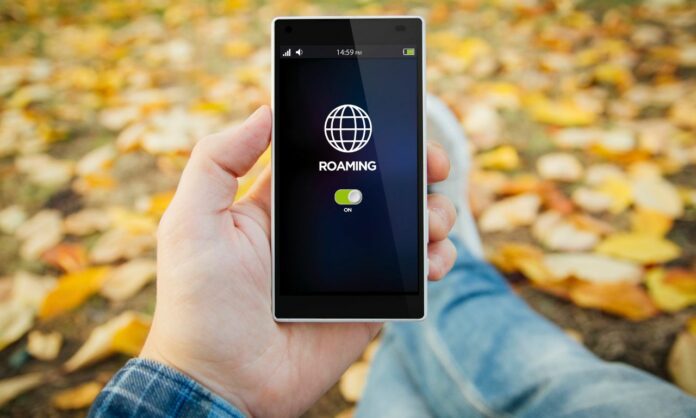Imagine you’re on vacation in a beautiful foreign country, enjoying exotic sights and experiences. You want to share your adventures with friends back home, but suddenly you notice your phone data connection is gone. That’s when you might encounter the term ‘data roaming’. It’s an essential concept to understand if you want to avoid unexpected charges on your phone bill.
Table of Contents
Understanding the Basics
- Your Home Network: Your mobile carrier provides you with a ‘home network.’ This is the cellular infrastructure (towers, antennas, etc.) that gives you phone and data service within a specific region.
- Roaming: When you step outside the coverage area of your home network, your phone starts searching for compatible networks to connect with. This process is called ‘roaming’.
Types of Data Roaming
- Domestic Roaming: This occurs within your own country when you travel to a region where your carrier may not have strong coverage. To keep you connected, your carrier may partner with other networks. Domestic roaming often doesn’t incur additional charges.
- International Roaming: This is where things can get potentially expensive. Your phone might automatically connect to a foreign network when you cross international borders. Using data while on these networks can result in high roaming fees.
How Data Roaming Works
- Leaving Your Home Network: As you travel beyond your carrier’s coverage area, your phone constantly searches for compatible signals.
- Finding a Partner Network: Your carrier has agreements with various networks (domestic and international). If it finds a suitable partner network, your phone seamlessly switches over.
- Data Usage: Once connected to a roaming network, you may be able to make calls, send texts, and use data services like browsing the web or checking email.
- Billing: Your carrier keeps track of your data usage while roaming. Charges are typically higher than your standard data rates, especially for international roaming.
How to Manage Data Roaming
- Check Your Plan: Before traveling, research your carrier’s roaming policies, fees, and any available travel/international data packages.
- Control Roaming Settings: Most phones have built-in roaming settings. You can disable data roaming completely to avoid unexpected bills.
- Use Wi-Fi: Whenever possible, rely on Wi-Fi for your data needs while abroad. Cafés, hotels, and public places often offer free Wi-Fi.
- Travel Passes: Some carriers offer temporary international data packages or travel passes for a fixed daily fee.
- Monitor Usage: Keep an eye on your data usage, especially on international trips. Some carriers may send you alerts if you start using significant data while roaming.
Important Considerations
- Data roaming can be particularly expensive when traveling internationally. Always check your carrier’s policies and explore options to reduce costs.
- Avoid unintentional roaming by disabling data roaming in your phone’s settings if you’re unsure of your carrier’s policies.
- Use Wi-Fi whenever possible to save on data roaming charges.
By understanding these steps, you can make informed decisions about using data abroad and avoid any unpleasant surprises on your next phone bill.

